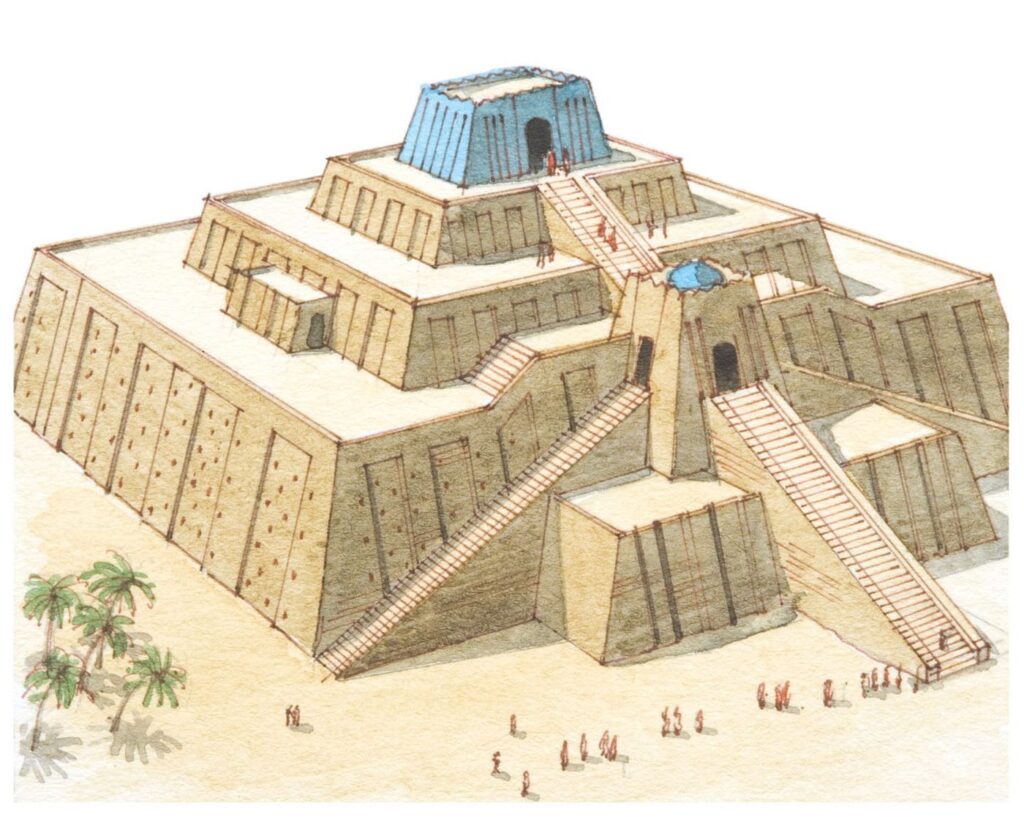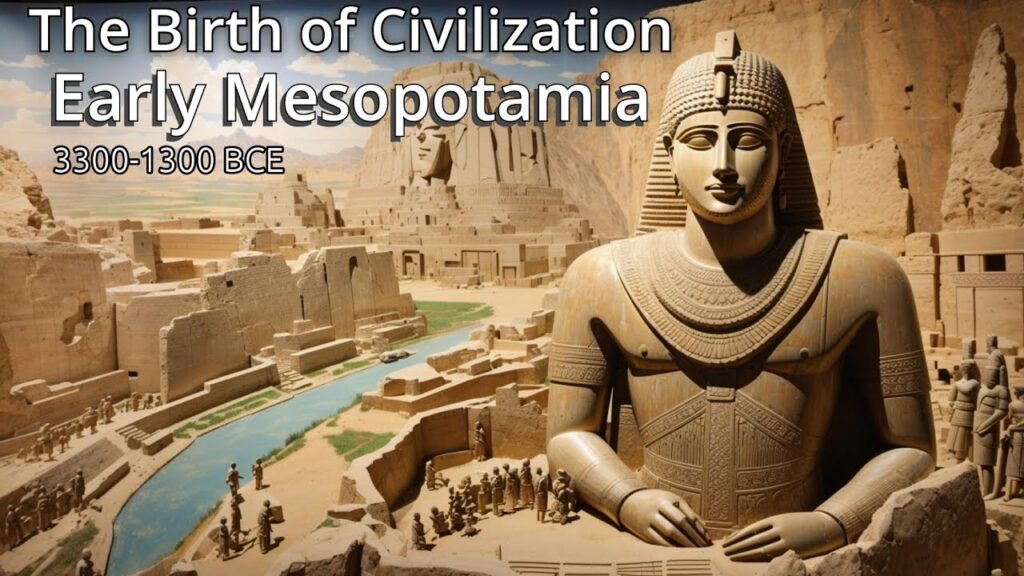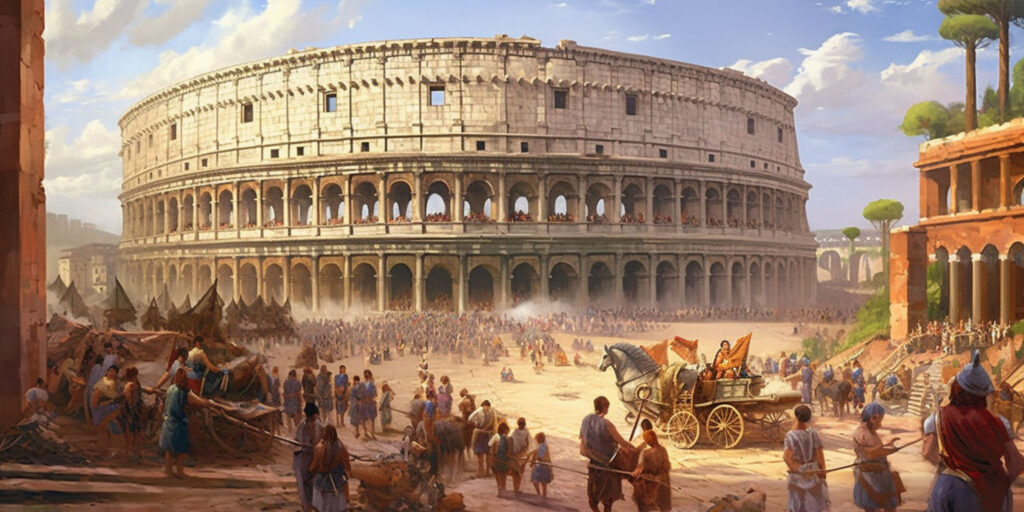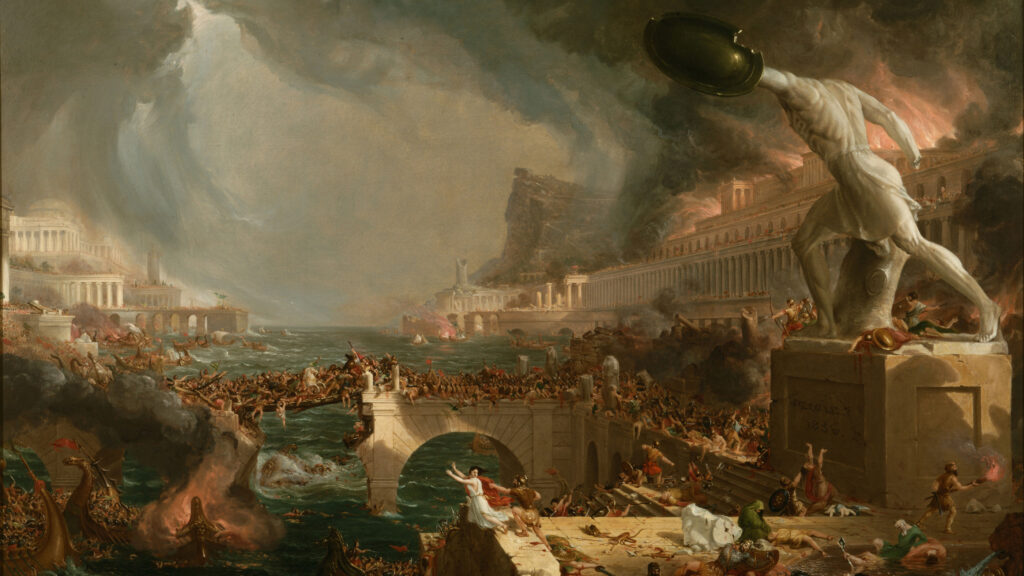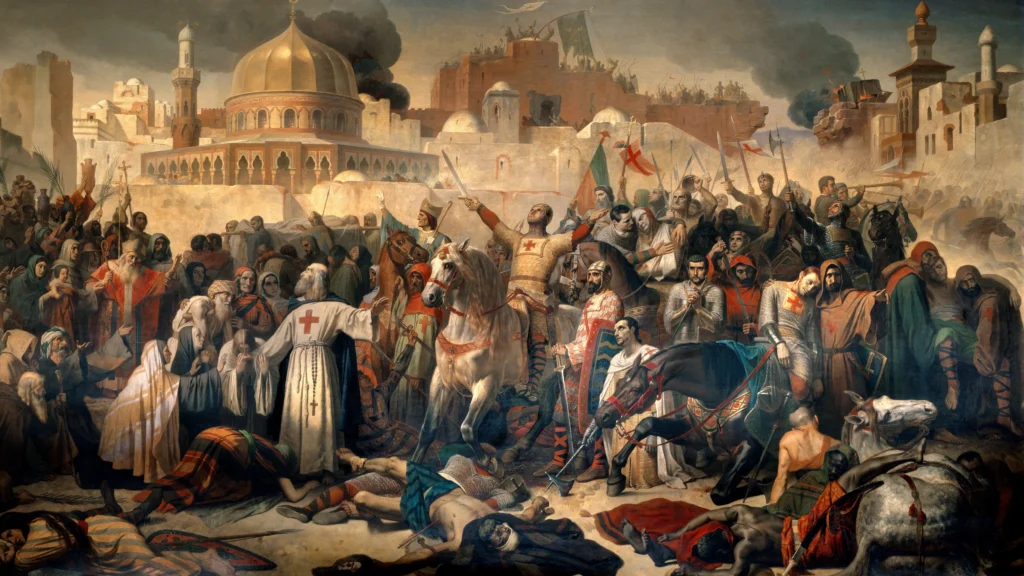
A Comprehensive History of Islam: An A-Z Exploration
Islam, one of the world’s major religions, has a rich and complex history spanning over 1,400 years. This comprehensive article provides an extensive overview of Islam from A to Z, including its origins, key figures, doctrinal developments, and global impact.
A – Arab Origins and Early Expansion
Arab Origins
- Pre-Islamic Arabia: The Arabian Peninsula before Islam was characterized by a variety of tribal societies, with a mix of polytheistic beliefs and a few Jewish and Christian communities.
- Mecca and Medina: Mecca was a central trade and religious hub, home to the Kaaba, a sacred shrine. Medina, then known as Yathrib, was a significant city for early Muslims.
Early Expansion
- Prophet Muhammad: Born in Mecca in 570 CE, Muhammad is considered the final prophet in Islam. His revelations, received from Allah (God) through the angel Gabriel, form the basis of the Quran.
- Hijra (Migration): In 622 CE, Muhammad and his followers migrated to Medina, marking the beginning of the Islamic calendar. This event established the first Muslim community and marked a significant turning point in Islamic history.
- Conquests and Expansion: After Muhammad’s death in 632 CE, his successors, known as caliphs, expanded Islamic rule across the Arabian Peninsula, and beyond into North Africa, Spain, and parts of Asia.
B – Beliefs and Basic Tenets
Core Beliefs
- Monotheism: Islam is a monotheistic religion, emphasizing the belief in one God, Allah. This belief is central to all Islamic teachings.
- Prophethood: Muslims believe in the prophets sent by Allah, including figures such as Adam, Noah, Abraham, Moses, and Jesus, with Muhammad being the final prophet.
- Day of Judgment: Muslims believe in a final Day of Judgment when all individuals will be resurrected and judged by Allah based on their deeds.
Five Pillars of Islam
- Shahada (Faith): The declaration of faith that there is no god but Allah, and Muhammad is His messenger.
- Salah (Prayer): The practice of performing five daily prayers facing the Kaaba in Mecca.
- Zakat (Almsgiving): The act of giving to those in need, typically calculated as a fixed percentage of one’s wealth.
- Sawm (Fasting): Observing fasting during the month of Ramadan, abstaining from food, drink, and other physical needs from dawn until sunset.
- Hajj (Pilgrimage): The pilgrimage to Mecca, which is required of Muslims who are physically and financially able to undertake it at least once in their lifetime.
C – Caliphates and Civilization
Caliphates
- Rashidun Caliphate (632-661 CE): The first caliphate following Muhammad’s death, led by the first four caliphs (Abu Bakr, Umar, Uthman, and Ali). This period is known for its rapid expansion and consolidation of the Islamic state.
- Umayyad Caliphate (661-750 CE): Established by the Umayyad family, it extended the Islamic empire into Spain, North Africa, and parts of India. It is known for its administrative innovations and cultural achievements.
- Abbasid Caliphate (750-1258 CE): Overthrew the Umayyads and established its capital in Baghdad. This period is marked by significant advances in science, culture, and trade.
Civilization
- Golden Age of Islam: The Abbasid era saw a flourishing of science, mathematics, medicine, and philosophy. Scholars like Al-Khwarizmi (algebra) and Avicenna (medicine) made significant contributions.
- Cultural Achievements: Islamic civilization made advances in art, architecture, and literature, including the construction of iconic structures such as the Alhambra in Spain and the Dome of the Rock in Jerusalem.
D – Doctrine and Divisions
Islamic Doctrine
- Aqidah (Creed): The fundamental beliefs of Islam, including the oneness of Allah, the finality of Muhammad’s prophethood, and the belief in angels, divine books, and predestination.
- Fiqh (Jurisprudence): The body of Islamic law derived from the Quran and Hadith, encompassing aspects of daily life, ethics, and social justice.
Divisions
- Sunni Islam: The largest branch of Islam, Sunnis emphasize the authority of the community in interpreting Islamic teachings and follow the four main schools of jurisprudence: Hanafi, Maliki, Shafi’i, and Hanbali.
- Shia Islam: Followers of Shia Islam believe in the leadership of the Prophet Muhammad’s family, particularly Ali and his descendants. Major Shia sects include Twelvers, Ismailis, and Zaidis.
- Sufism: The mystical branch of Islam that seeks a direct, personal experience of God through spiritual practices and devotion. Sufis often form orders or brotherhoods, such as the Naqshbandi or Mevlevi orders.
E – Expansion and Empire
Expansion
- Early Conquests: Following Muhammad’s death, the Islamic empire rapidly expanded through military campaigns and treaties, reaching as far west as Spain and as far east as India.
- Ottoman Empire: Established in the late 13th century, the Ottoman Empire became one of the most powerful Islamic empires, controlling large parts of Southeast Europe, Western Asia, and North Africa until its dissolution after World War I.
Empire
- Ottoman Caliphate: The Ottoman sultans claimed the title of Caliph, thus representing the Muslim world and overseeing religious and political affairs until the early 20th century.
- Mughal Empire: In South Asia, the Mughal Empire (1526-1857 CE) was known for its cultural and architectural achievements, including the construction of the Taj Mahal.
F – Faith Practices and Festivals
Faith Practices
- Prayer: Performing the five daily prayers at prescribed times is a central practice in Islam, signifying submission to Allah and maintaining spiritual discipline.
- Charity: Zakat is an obligatory act of charity, while voluntary acts of charity (sadaqah) are also encouraged to support those in need.
Festivals
- Eid al-Fitr: Celebrated at the end of Ramadan, marking the end of fasting with communal prayers, feasting, and giving of gifts.
- Eid al-Adha: Also known as the Festival of Sacrifice, it commemorates the willingness of Ibrahim (Abraham) to sacrifice his son in obedience to Allah. It involves the sacrifice of animals and distribution of meat to family, friends, and the needy.
G – Governance and Global Influence
Governance
- Sharia Law: Islamic law derived from the Quran and Hadith, covering both personal and communal aspects of life. It includes legal rulings on issues such as marriage, finance, and criminal justice.
- Caliphate System: The historical system of Islamic governance led by caliphs who were both spiritual and political leaders, guiding the community according to Islamic principles.
Global Influence
- Islamic Civilization: The contributions of Islamic civilization to global knowledge, including advancements in science, medicine, and philosophy, significantly impacted both Islamic and non-Islamic societies.
- Contemporary Influence: Today, Islam influences global politics, economics, and culture through its diverse communities, institutions, and international organizations.
H – History and Hadith
History
- Early Islamic History: The formative period of Islam includes the life of Muhammad, the establishment of the caliphates, and the spread of Islam across different regions.
- Medieval Period: The rise and fall of various Islamic empires, including the Umayyad, Abbasid, and Ottoman empires, shaped the political and cultural landscape of the Muslim world.
Hadith
- Definition: Hadith are the recorded sayings, actions, and approvals of the Prophet Muhammad, which serve as a major source of guidance alongside the Quran.
- Classification: Hadith are categorized based on their authenticity and reliability, with classifications such as sahih (authentic), hasan (good), and da’if (weak).
I – Islamic Art and Architecture
Islamic Art
- Calligraphy: A prominent art form in Islamic culture, used to transcribe the Quranic text and other religious writings in an aesthetically pleasing manner.
- Geometric Patterns: Islamic art features intricate geometric designs that avoid depicting living beings, reflecting the complexity and order of creation.
Architecture
- Mosques: Places of worship in Islam, characterized by features such as the minaret (tower), dome, and mihrab (prayer niche).
- Notable Structures: Examples include the Alhambra in Spain, the Dome of the Rock in Jerusalem, and the Taj Mahal in India.
J – Jihad and Jurisprudence
Jihad
- Concept: Jihad refers to the struggle or effort in the path of Allah. It can be understood in a broad sense as striving for righteousness and in a narrower sense as armed struggle in defense of Islam.
- Misconceptions: The concept of jihad is often misunderstood and misrepresented, especially in contemporary contexts where it is associated with extremism. In Islam, jihad is primarily about striving for justice, peace, and personal improvement.
#
Jurisprudence
- Fiqh: Islamic jurisprudence, which includes various schools of thought such as Hanafi, Maliki, Shafi’i, and Hanbali, each interpreting Islamic law differently.
- Ijtihad: The process of independent legal reasoning used to address new issues not explicitly covered by the Quran or Hadith.
K – Key Figures and Knowledge
Key Figures
- Prophet Muhammad: The final prophet of Islam, whose life and teachings form the basis of the religion.
- Caliph Abu Bakr: The first caliph after Muhammad’s death, known for his role in consolidating the Muslim community and leading early expansions.
- Imam Ali: The fourth caliph and a key figure in Shia Islam, revered for his leadership and spiritual insights.
Knowledge
- Islamic Scholarship: The tradition of scholarly work in various fields, including theology, law, science, and philosophy. Notable scholars include Al-Farabi, Al-Ghazali, and Ibn Rushd (Averroes).
- Educational Institutions: Historic centers of learning such as Al-Qarawiyyin University in Morocco and Al-Azhar University in Egypt have been pivotal in the preservation and dissemination of Islamic knowledge.
L – Law and Literature
Islamic Law
- Sharia: A comprehensive legal system covering aspects of daily life, including family law, criminal law, and commercial transactions.
- Qadis: Judges who interpret and apply Sharia law in Islamic courts.
Literature
- Quranic Literature: Includes various interpretations and commentaries on the Quran, reflecting diverse theological and philosophical perspectives.
- Classical Works: Islamic literature includes classical texts in poetry and prose, such as the works of Rumi and Omar Khayyam.
M – Mysticism and Modernity
Mysticism
- Sufism: The mystical branch of Islam, emphasizing the inward search for God and the pursuit of spiritual closeness to Allah through practices such as dhikr (remembrance) and asceticism.
- Sufi Orders: Various brotherhoods and orders, such as the Whirling Dervishes, have developed unique practices and teachings within Sufism.
Modernity
- Reform Movements: Efforts to address contemporary issues within the Islamic world, including movements advocating for modernization, democracy, and gender equality.
- Contemporary Challenges: Issues such as political extremism, sectarianism, and the role of Islam in global politics and society.
N – Notable Events and Narratives
Notable Events
- Battle of Badr (624 CE): A significant early battle in which Muhammad’s followers defeated the Meccan Quraysh, strengthening the early Muslim community.
- Crusades (1096-1291 CE): A series of religious wars between Christians and Muslims, resulting in significant conflict but also cultural exchange.
Narratives
- Life of Muhammad: Detailed accounts of Muhammad’s life, including his prophethood, struggles, and achievements, are central to Islamic tradition and historical understanding.
- Historical Chronicles: Islamic historians such as Al-Tabari and Ibn Khaldun have recorded and analyzed historical events and social developments in the Muslim world.
O – Ottoman Empire and Orientalism
Ottoman Empire
- Establishment: Founded in the late 13th century, the Ottoman Empire became a dominant Islamic power, influencing the political, cultural, and religious landscape of Europe, Asia, and Africa.
- Decline: The empire gradually declined and was officially dissolved after World War I, leading to the establishment of modern Turkey.
Orientalism
- Definition: The study of Eastern societies by Western scholars, often characterized by stereotypes and misunderstandings.
- Impact: Orientalism has influenced Western perceptions of Islam and the Middle East, sometimes leading to misrepresentations and biased interpretations.
P – Prophet Muhammad and Pilgrimage
Prophet Muhammad
- Revelations: Muhammad received revelations from Allah through the angel Gabriel over 23 years, which were later compiled into the Quran.
- Sunna: The practices and sayings of Muhammad, which complement the Quran and provide guidance for Islamic life.
Pilgrimage
- Hajj: The annual pilgrimage to Mecca, one of the Five Pillars of Islam, which involves rituals such as Tawaf (circling the Kaaba) and standing at Arafat.
- Umrah: A pilgrimage to Mecca that can be performed at any time of the year, involving similar rituals to the Hajj but of shorter duration.
Q – Quran and Qibla
Quran
- Holy Book: The Quran is the central religious text of Islam, believed to be the literal word of Allah as revealed to Muhammad.
- Recitation and Memorization: The Quran is recited in daily prayers and memorized by many Muslims, with recitation practices being an important aspect of Islamic worship.
Qibla
- Direction of Prayer: Muslims are required to face the Kaaba in Mecca during their prayers, which is known as the qibla.
- Historical Changes: The direction of prayer was initially towards Jerusalem before being changed to Mecca, as commanded by Allah.
R – Reformation and Revival
Reformation
- Early Reforms: Various movements within Islam aimed to reform religious practices, address corruption, and revive Islamic principles.
- Modern Reform Movements: In the 19th and 20th centuries, reformist thinkers sought to modernize Islamic thought and practices in response to colonialism and global changes.
Revival
- Islamic Revivalism: Efforts to return to what is perceived as the original practices of Islam, including movements like the Salafist movement and the Muslim Brotherhood.
- Contemporary Issues: Revivalist movements often address issues such as religious purity, social justice, and political reform.
S – Sufism and Shiism
Sufism
- Mystical Practices: Focuses on achieving a direct, personal experience of God through practices such as meditation, poetry, and communal rituals.
- Sufi Saints: Revered figures in Sufism, such as Rumi and Al-Hallaj, who have contributed to the spiritual and literary heritage of Islam.
Shiism
- Key Beliefs: Emphasizes the leadership of Ali and his descendants, known as Imams, who are considered to have special spiritual and temporal authority.
- Major Sects: Includes Twelvers (the largest Shia sect), Ismailis (who follow a line of Imams different from the Twelvers), and Zaidis (a minority Shia sect).
T – Theology and Tradition
Theology
- Tawhid: The concept of the absolute oneness and uniqueness of Allah, central to Islamic theology.
- Prophethood: The belief in a succession of prophets leading up to Muhammad, who is considered the final prophet in Islam.
Tradition
- Hadith: The sayings and actions of Muhammad, which provide guidance and context for understanding the Quran.
- Sunni and Shia Traditions: The diverse practices and interpretations within Islam, influenced by different theological and historical developments.
U – Ummah and Unity
Ummah
- Definition: The global community of Muslims, bound together by their faith and shared religious practices.
- Social and Political Aspects: The concept of ummah encompasses both spiritual solidarity and political unity among Muslims.
Unity
- Islamic Unity: Efforts to promote unity among Muslims despite sectarian and cultural differences.
- Interfaith Relations: Initiatives to foster dialogue and understanding between Muslims and adherents of other religions.
V – Values and Vision
Values
- Justice: Islam places a strong emphasis on justice and fairness in all aspects of life, including legal and social matters.
- Compassion: The teachings of Islam emphasize compassion and mercy towards others, including the poor, orphans, and animals.
Vision
- Social Justice: Islam’s vision includes the establishment of a just society where rights are upheld, and social inequalities are addressed.
- Global Peace: The broader vision of Islam involves promoting peace and harmony both within the Muslim community and in interactions with the wider world.
W – Women and Worship
Women
- Rights and Roles: Islamic teachings grant women certain rights, including the right to education, property, and participation in community life. However, interpretations and practices regarding women’s roles vary widely.
- Prominent Women: Figures such as Khadijah (Muhammad’s first wife) and Aisha (a prominent scholar and wife of Muhammad) are revered in Islamic history.
Worship
- Rituals: Includes daily prayers, fasting, and pilgrimage, all of which are integral to Islamic worship.
- Community Worship: The Friday congregational prayer (Jumu’ah) is a significant communal act of worship, reflecting the importance of community in Islam.
X – Xenophobia and Xenophilia
Xenophobia
- Historical Context: Instances of xenophobia and intolerance within Islamic history, often related to political and social conflicts.
- Contemporary Issues: Addressing xenophobia and promoting inclusivity within Muslim societies and interactions with non-Muslims.
Xenophilia
- Welcoming Strangers: Islamic teachings encourage hospitality and kindness towards strangers and travelers, reflecting the principle of universal compassion.
Y – Youth and Yawm al-Qiyamah
Youth
- Role of Youth: Engaging young Muslims in religious, educational, and social activities to foster their development and participation in the community.
- Youth Movements: Various organizations and initiatives focus on addressing the needs and aspirations of young Muslims, including educational and social programs.
Yawm al-Qiyamah
- Day of Judgment: Known as Yawm al-Qiyamah, the final Day of Judgment is a central belief in Islam, where all individuals will be resurrected and judged by Allah.
Z – Zeal and Zakat
Zeal
- Religious Zeal: The passionate commitment to Islamic faith and practice, which motivates many Muslims to uphold and spread their religious beliefs.
- Impact of Zeal: Zeal can influence various aspects of Islamic life, including missionary work, community service, and personal devotion.
Zakat
- Obligatory Charity: One of the Five Pillars of Islam, zakat is a mandatory act of giving a portion of one’s wealth to those in need.
- Social Impact: Zakat plays a crucial role in addressing poverty and supporting community welfare in Muslim societies.
This extensive overview of Islam provides a detailed exploration of its history, beliefs, practices, and global influence. From its early beginnings to its modern manifestations, Islam continues to shape and be shaped by the diverse contexts in which it exists.


